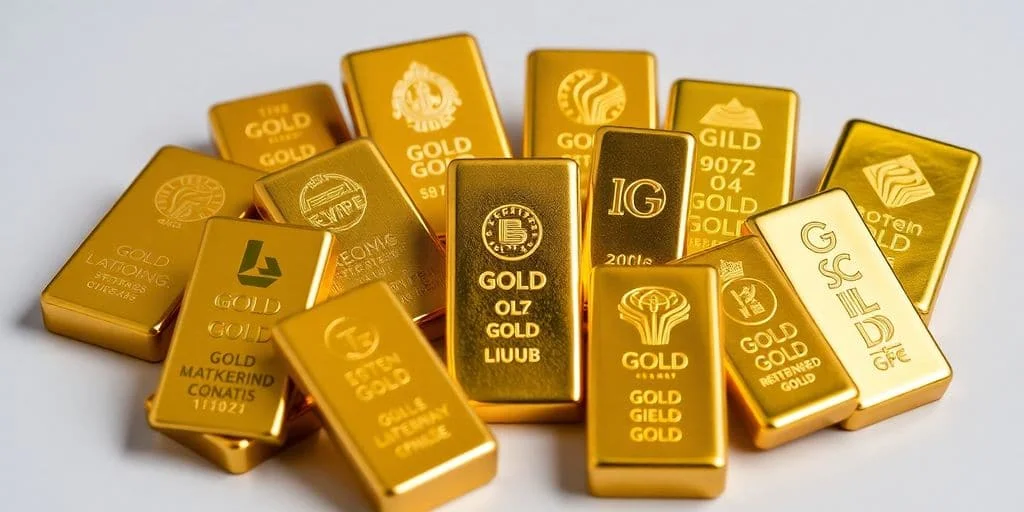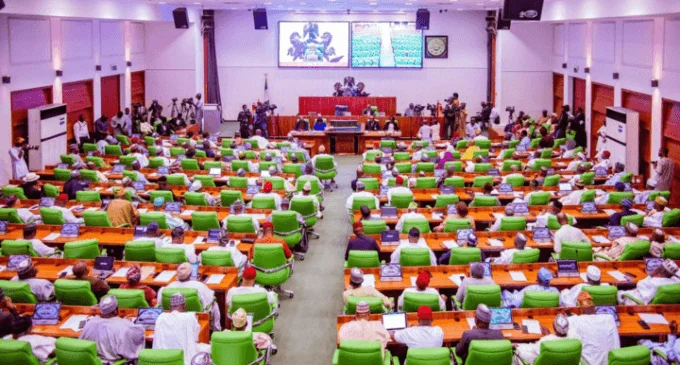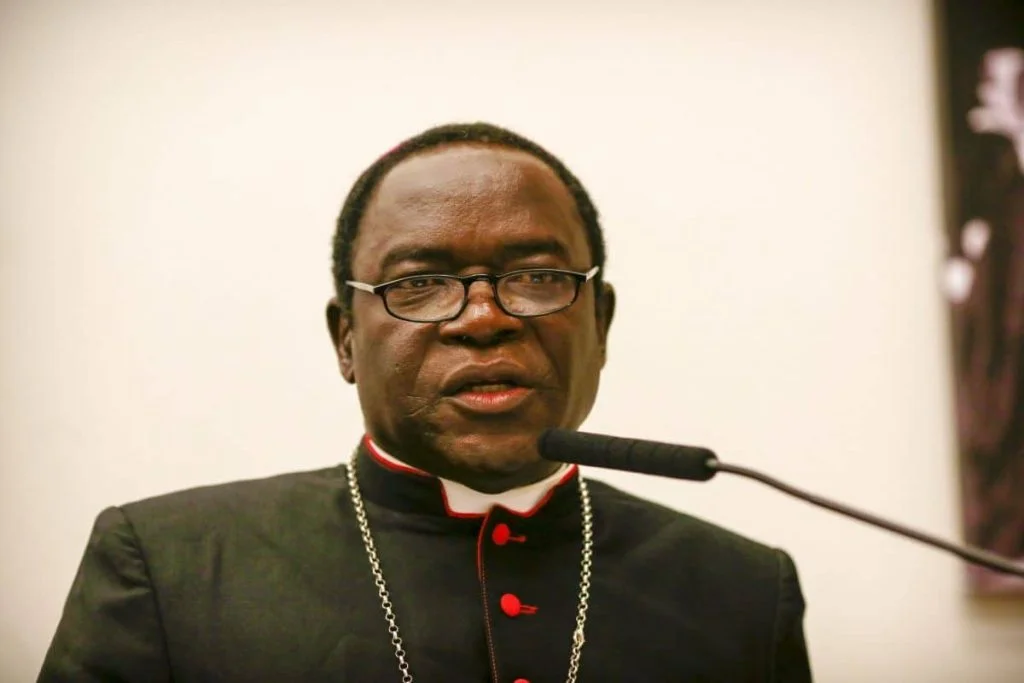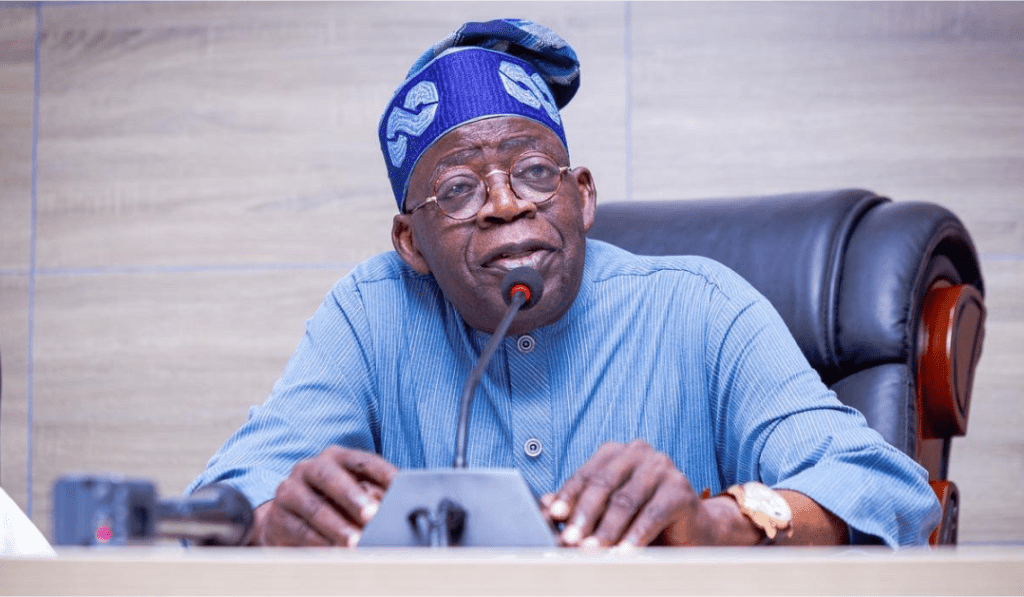Gold prices have shattered previous records in 2025, soaring beyond $3,500 per ounce—a milestone that has surprised even seasoned market analysts. Traditionally viewed as a hedge against economic volatility, gold’s upward trajectory is defying historical norms, particularly its inverse relationship with interest rates. Despite the U.S. Federal Reserve and other major central banks maintaining high interest rates with no cuts so far this year, gold continues to rally, fueled by global instability and strategic policy shifts among central banks.
Speaking at the Comercio Partners H2 Economic Outlook Forum held in Lagos, financial experts pointed to a combination of geopolitical turmoil, intensified central bank gold acquisitions, and persistent inflationary pressure as core drivers of gold’s historic rise.
“Buying more gold is always good. It remains one of the safest and most reliable stores of value,” said Professor Joseph Nnanna, Chief Economist at the Development Bank of Nigeria.
Gold’s Industrial and Economic Significance for Emerging Markets
Professor Nnanna stressed that gold’s significance goes far beyond its investment value. In his view, the yellow metal plays a crucial role in economic development, particularly in emerging markets like Nigeria.
“When central banks source gold domestically, it stimulates the entire mining value chain—from raw extraction to refining and eventually jewellery manufacturing,” he explained. “That creates jobs, promotes skills development, and accelerates industrialisation.”
Nnanna argued that this industrial aspect of gold makes it an invaluable asset in nations aiming for sustainable economic growth, especially those with natural gold deposits that remain underutilised.
The Need for Currency Diversification Amid Fiat Volatility
The Development Bank economist also highlighted growing concerns over the vulnerability of fiat currencies, especially amid recent fluctuations in the value of the U.S. dollar.
Citing the Central Bank of Nigeria’s reserve asset composition, which includes holdings in the Chinese renminbi, the U.S. dollar, and gold, Nnanna stressed the need for broader diversification.
“The dollar has depreciated in recent months, while gold continues to appreciate,” he noted. “Diversifying reserve assets is not just prudent, it’s imperative.”
Nnanna warned that both internal and external economic shocks—such as currency devaluations, political instability, or changes in global trade policy—could threaten national financial security if reserve portfolios are not sufficiently diversified.
Geopolitical Tensions Fuel Global Rush for Gold
Echoing Nnanna’s perspective, Zeal Akaraiwe, CEO of Graeme Blaque Advisory, pointed to rising global tensions as a key factor behind the current gold-buying frenzy among central banks.
Akaraiwe argued that recent U.S. foreign policy actions, including sanctions and restrictions on financial transactions, have made many countries reconsider their reliance on the dollar for international trade.
“Our ability to settle international transactions is increasingly influenced by political decisions made in America,” he said. “This vulnerability is pushing countries to seek alternatives—with gold being a leading option.”
He explained that this global shift represents a deliberate move by central banks to reduce dependence on the U.S. dollar, a process widely referred to as de-dollarisation. In this context, gold offers a politically neutral and inflation-resistant asset.
Strategic Diversification: A Necessity, Not a Luxury
Both financial experts underscored that diversification is no longer just a theoretical concept but a strategic necessity for central banks. They urged the Central Bank of Nigeria (CBN) and its counterparts across Africa to expand their reserve management strategies to include not only gold but also modern digital assets.
“Central banks should begin preparing for emerging decentralized financial systems,” said Nnanna. “Stablecoins, digital currencies, and even certain crypto assets may need to be factored into future planning.”
This modern portfolio approach, combining traditional stores of value like gold with contemporary innovations in digital finance, is increasingly seen as essential for resilience in a rapidly evolving global economy.
The Broader Picture: Why Gold’s Momentum May Continue
The continued rally in gold suggests that central banks and institutional investors are bracing for long-term economic realignment. With inflation proving stubborn across multiple regions, trust in fiat systems weakening, and digital currencies still finding their footing, gold remains one of the few universally accepted safe havens.
Furthermore, as countries grapple with supply chain disruptions, energy insecurity, and geopolitical realignments—from Russia-Ukraine to U.S.-China tensions—gold is not just thriving on investor sentiment but being actively accumulated by governments seeking to stabilize their financial systems.
Bottom Line: Gold Is More Than Just a Safe Haven—It’s a Strategic Asset
The 2025 gold rally marks a significant turning point in global financial strategy. Once seen as a passive store of value, gold is now being integrated into broader economic and industrial policies. Whether it’s driving industrialisation, hedging against fiat volatility, or enabling countries to navigate global uncertainty, gold’s role is becoming more central than ever.
As Nigeria and other emerging economies recalibrate their financial strategies in light of global shifts, the message from experts is clear: investing in gold isn’t just about security—it’s about strategic advancement.













